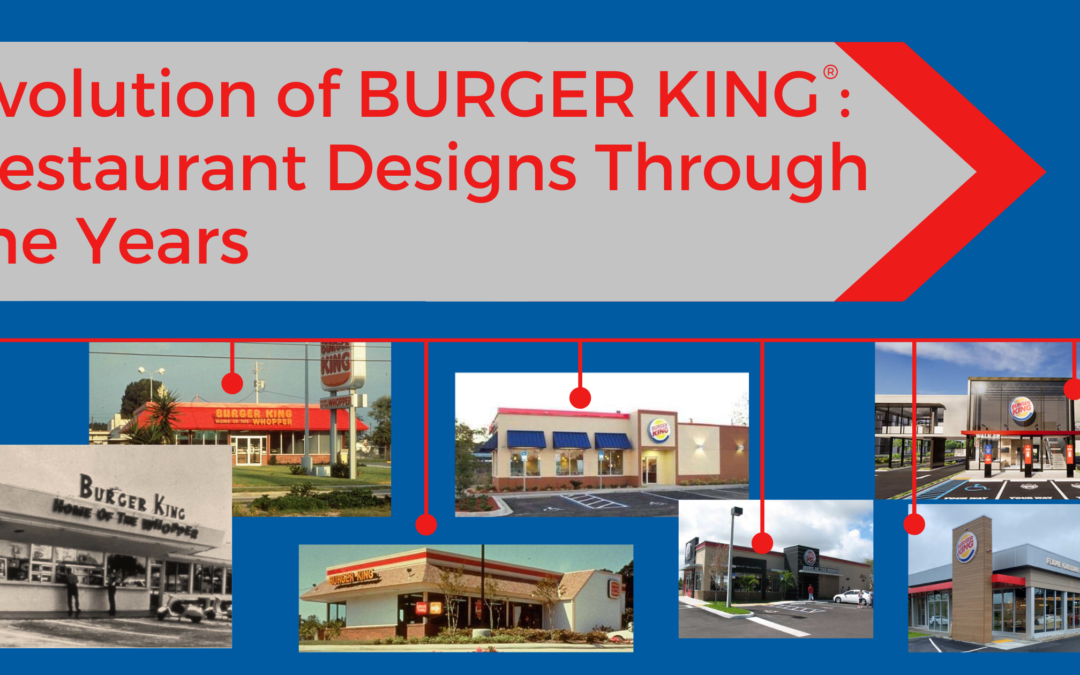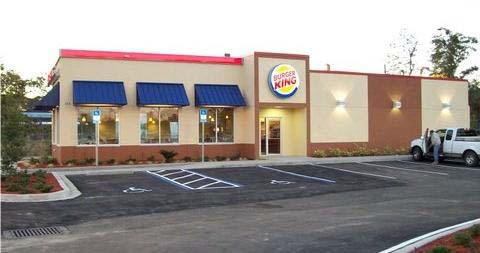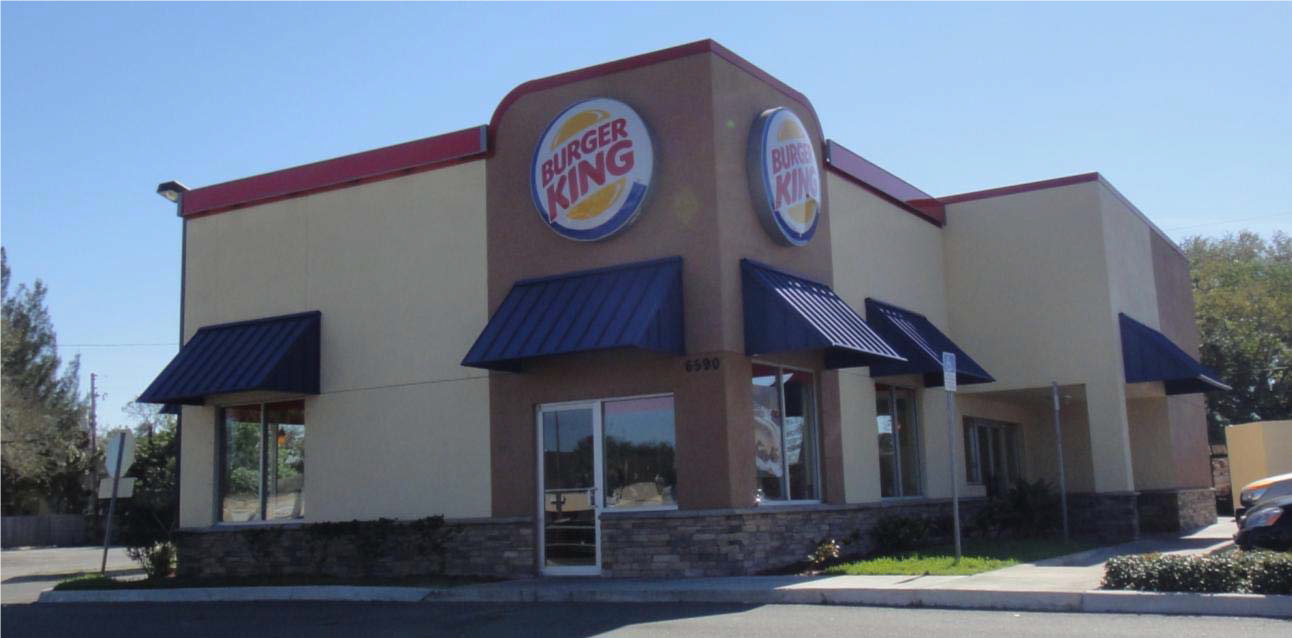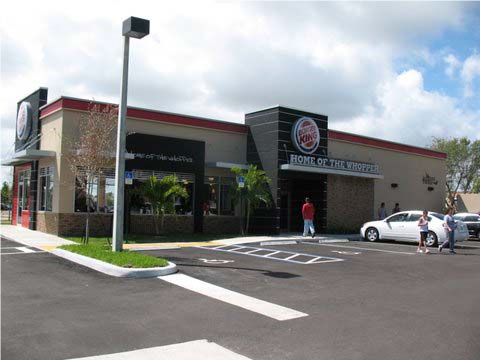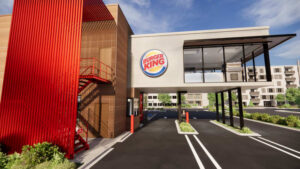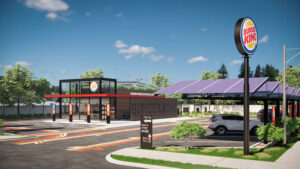At the end of 2020, BURGER KING Corp. announced several new rollouts for the brand. From a new mobile-focused restaurant design, a new hand-breaded chicken sandwich and even a new logo, it is evident that the brand is stepping up its game to keep up with the ever-changing QSR industry.
Enhanced drive-thru lanes, walk up windows and pick up lockers are just some of the features of the two new restaurant designs, which were announced in September 2020 in the midst of a digital-ordering boom caused by the COVID-19 pandemic.
The company plans on building the first restaurants with the new layout in Latin America, the Caribbean and its home city of Miami. We most likely won’t see these restaurant layouts across the United States for a few years as both corporate and franchisee restaurants implement the changes.
Although the evolution of QSR layouts has naturally moved toward a drive-thru focus over time, the COVID-19 pandemic has accelerated the process. Restaurant operators have realized the importance of the drive-thru and digital ordering and are taking it into consideration when remodeling their locations.
As BK® franchisees across the nation consider their restaurants of the future, lets take a look at the restaurants of the past and how they’ve evolved over time.
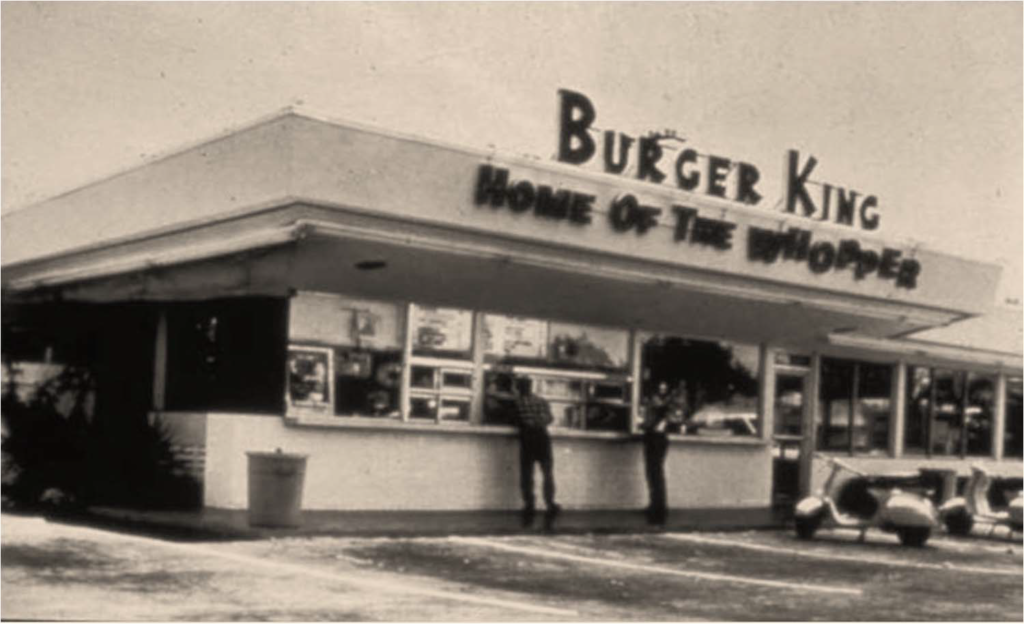
Classic Designs
From its rebrand from Insta-Burger King to BURGER KING in 1954 until the 1980s, the restaurant designs underwent many operational changes, but stayed relatively stagnant. The first design featured a walk-up window to order. Dining rooms were added later.
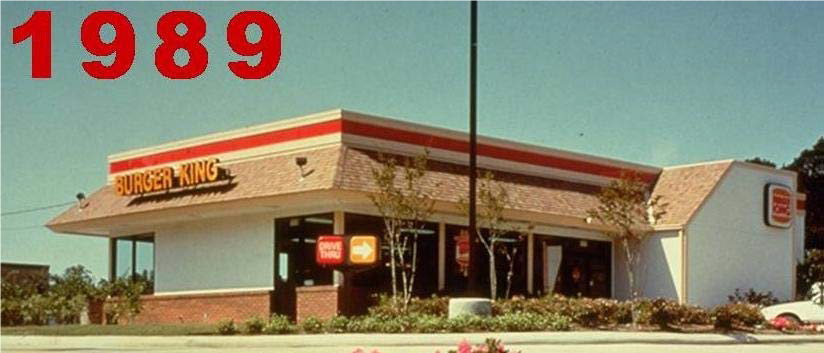
One of the first big design changes was announced in 1989 when Burger King Corp. rolled out BK 2500. In no time, there were over 2,000 restaurants built in the BK 2500 design, making it the most popular image up until the 2000s. The original design called for exactly 69 seats in the dining room.
Return on Capital
Over a decade would pass until the brand rolled out its next image in 2004. Return on Capital (ROC) buildings started popping up in the mid-2000s and put efficiency front and center. ROC restaurants were known for their more efficient kitchen to help increase drive-thru traffic.
Family-Focused
In 2009, the 20/20 image concept was introduced and featured radical new design elements such as bright colors, metal accents, plain brick walls and static menu boards. This design continued to adapt to operational changes over the coming years until the brand debuted its Garden Grill concept in 2012. With a goal of appealing to more families and teenagers, Garden Grill focused on bringing a warm and inviting feeling to BK stores. In an effort to stand out from its competitors, restaurants sporting the Garden Grill design incorporate welcoming elements by utilizing comfy sofas, framed posters, earthy colors and lots of decorative foliage.
While a lot of BK restaurants still use the Garden Grill concept, many of them are being upgraded and renovated to align with the “Burger King of Tomorrow” image that was released in 2018. There are several different concepts under the tomorrow image, including the Pavilion designs, which are most notable for their large floor-to-ceiling windows.
Taking it to the Next Level
That brings us to today. While no one could predict the rapid digital-ordering boom that the pandemic would bring, a movement away from dine-in and on-premise ordering was inevitable. The new BK designs reflect this, with about 60% less square footage than a traditional restaurant. The Next Level design allows for an extra drive-thru lane specifically for delivery drivers. Your Way layout has just two lanes, but has a walk-up window for takeout orders. Both designs include curbside pickup and mobile pickup lockers, making it easier for customers to grab their orders and go.
With all of the sudden change and movement toward a digital world, it’s easy to get excited about the future. Staying on top of customers’ ever-changing preferences won’t be easy, but BK remains a top QSR brand and will continue to move forward.

Savannah Daly is the NFA Communications Coordinator. You may reach Savannah at 678-439-2288.
Check out Savannah’s last blog post here.

